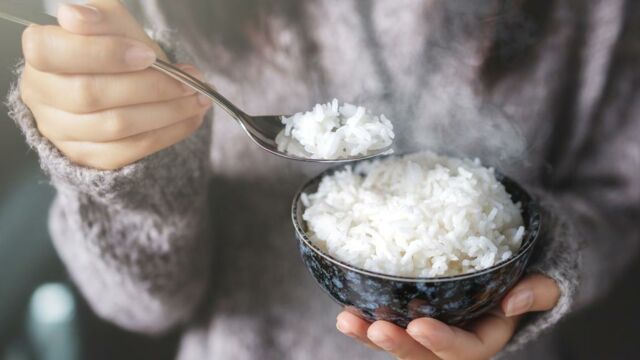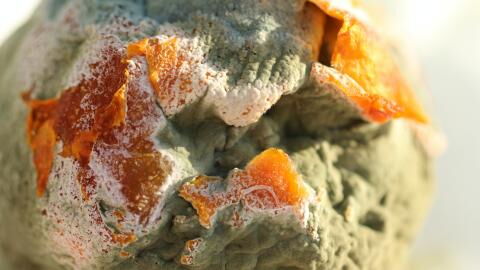Rice is one of the most commonly eaten foods in any households. And leftover rice in the fridge is thus a super common food item for many of us. With many delicious and creative ways to use leftover rice, repurposing it reduces food waste, and it can also save time and money in the kitchen. But in doing so, there are some things you must pay attention to.
Discover our latest podcast
According to UK’s National Health Service (NHS), there could be health risks associated with eating leftover rice, including getting food poisoning from it. Here is all you should know about it, and how to properly store and reheat rice.
Read more:
⋙ Rinse your rice before cooking: Here's how many times you should do it
⋙ 5 Foods You Should Never Put in the Microwave

Food poisoning from leftover rice
As per the NHS, uncooked rice can contain spores of Bacillus cereus, which is bacteria that can cause food poisoning. These bacteria can sometimes even survive in cooked rice.
Thus, if you let your cooked rice remain standing at room temperature for too long, the Bacillus cereus spores can grow and multiply, which further releases toxins that can cause food poisoning.
If you do end up eating contaminated rice, you may feel sick and experience vomiting or diarrhoea about 1-5 hours after consumption.
Read more:
⋙ People shocked to learn they have been spreading butter wrong their whole life

How to properly store and reheat leftover rice
The NHS also offers tips on how to actually serve rice in order to avoid food poisoning. As per their directives,
- Try and serve rice as soon as it has been cooked, and if that’s not possible, cooked rice should be served ideally within 1 hour.
- Cooked rice should not be stored in the fridge for more than 1 day until it is reheated to be eaten.
- When reheating rice, you should make sure that the rice is heated thoroughly. You can do this by making sure that the rice is steaming hot throughout.
- Rice should not be reheated more than once.
Sources used:
NHS: ‘Can reheating rice cause food poisoning?’















